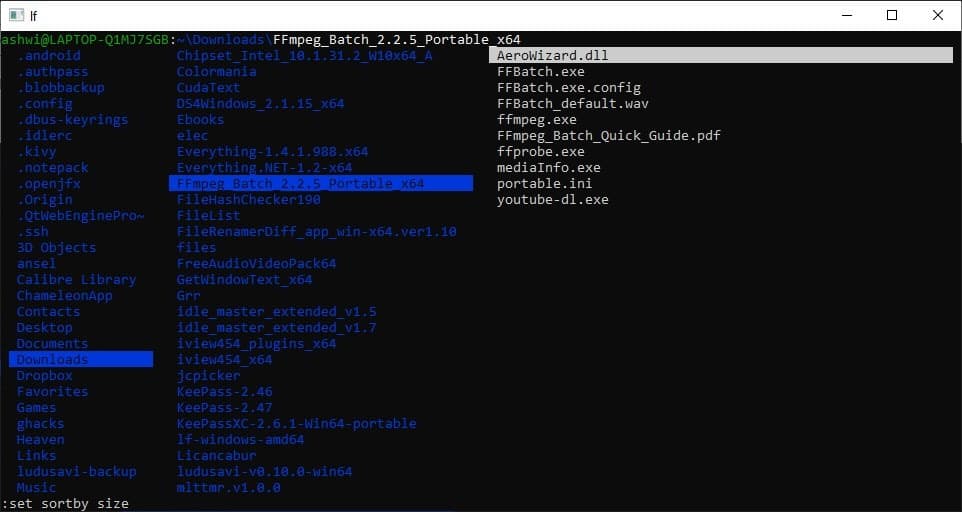

:h :substitute and :h range for more info More on substitute and Regular Expressions is covered in a later chapter.:% s/call/jump/g replace all occurrences of call to jump in entire file.:1,$ s/call/jump/g replace all occurrences of call to jump in entire file.g flag changes default behavior to search and replace all occurrences.:3,6 s/call/jump/g replace all occurrences of call to jump on lines 3 to 6.i flag ignores case sensitivity for searchpattern.:2 s/apple/Mango/i replace first occurrence of word apple with word Mango only on second line.s/a/b/ replace first occurrence of character a with character b on current line only Space between range and s is optional and may be used for clarity General syntax is :range s/searchpattern/replacestring/flags :noh clear highlighted patterns, doesn't affect highlight settings.:set hlsearch! toggle highlight setting.:set nohlsearch do not highlight matched pattern.:set hlsearch highlights the matched pattern./searchpattern/-3 places cursor 3 line above match./searchpattern/+3 places cursor 3 lines below match./searchpattern/e-4 places cursor 4 characters before end of match./searchpattern/e+4 places cursor 4 characters after end of match./searchpattern/e places cursor at end of match./searchpattern/s-2 places cursor 2 characters before start of match./searchpattern/s+2 places cursor 2 characters after start of match.Press Esc key to ignore typed pattern search and return to Normal modeīy default, cursor is placed at starting character of match.n command goes to next match in backward direction and N moves to next match in forward direction.?searchpattern search the given pattern in backward direction.Use n command to move to next match and N for previous match./searchpattern search the given pattern in forward direction.When to use Buffers and when to use Tabs.:h :bufdo, :h :windo and :h :silent for more info.It is not an efficient way to open buffers just to search and replace a pattern across multiple files, use tools like sed,awk,perl instead.
Find files via command e vim update#

:q quit the current file (if other tabs are open, they will remain) - if unsaved changes are there, you will get an error message.

:wa save changes made to all the files opened.:w! save changes even if file is read-only, provided user has appropriate permissions.:w filename provide a filename if it is a new file or if you want to save to another file.Press Esc key to ignore whatever is typed and return to Normal mode Any operation is completed by pressing Enter key after which the mode changes back to Normal mode


 0 kommentar(er)
0 kommentar(er)
